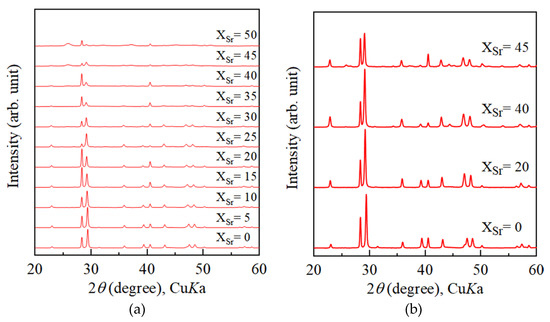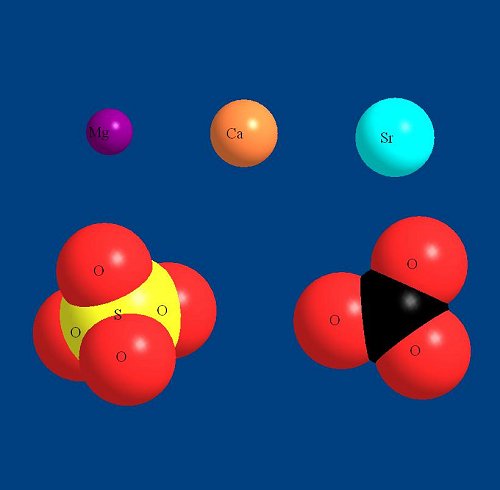How about calcite?Magnesium and strontium are incorporated into deposited aragonite, even abiotic aragonite, in ratios that do not reflect the seawater concentration.
If I look at the figures in Hans-Werner:s paper - the ratio between Ca and Sr is nearly the same in both sea water and skeleton - around 50:1 What would happen if the ratio Ca/Sr in the tank water rise to 100:1 (1/2 natural Sr concentration). Would there still be the same ratio in the skeleton? - and if so - does it cost energy? If a biological process - it should IMO.
Sincerely Lasse

















